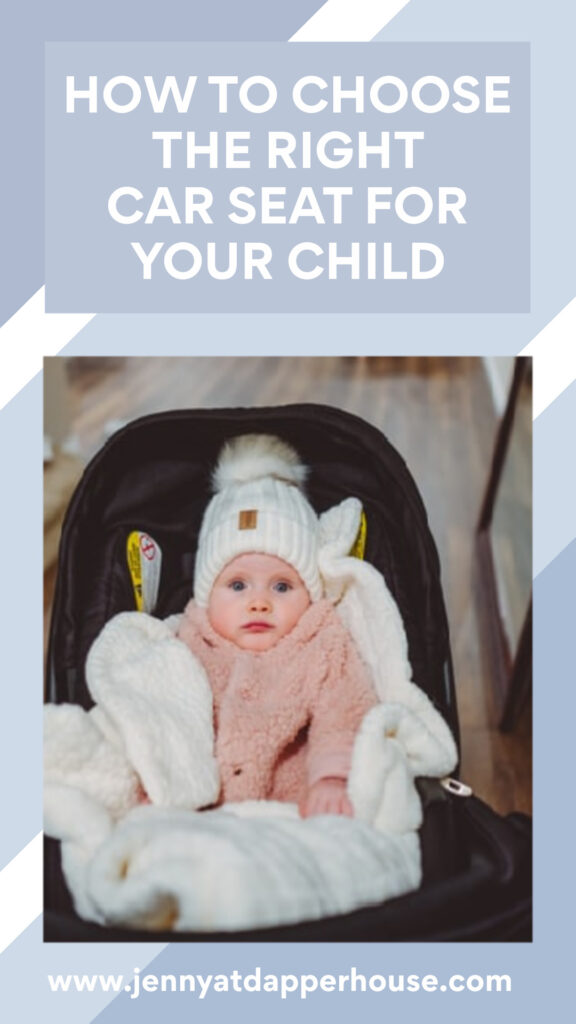Choosing the right booster seat for your child can be a complicated process. Not only are there many options on the market for booster seats, the laws relating to what kind and how long a child must use it vary from state to state. This GHSA website gives detailed child safety seat laws for every state in the U.S..
Booster seats are generally used from around the age of 4 until the child is about 4’9″ tall. The National Highway Traffic Safety Administration recommends that children remain in their forward-facing toddler seat until they have outgrown it. Children should always sit in the rear of the vehicle regardless of the type of seat they are in. This can make parents nervous to not have eyes on their little one. That’s why these mirrors are an absolute necessity for parents.
Rear Facing Infant Seats (Step One)
Infant car seats are made to fit newborns and smaller infants. Usual guidelines are that they should be used for babies up to 35 pounds or about 9 months. Car seats go by weight and not age so read the car seat details carefully. The American Academy of Pediatrics recommends that all infants and toddlers ride in a rear-facing seat for safety.
Parents often complain that their baby is getting too big and too long for the rear facing seats. This has caused enough concern that the Amarican Academy of Pediatrics came out with a statement that “children can safely sit with their legs crossed, extended, or hanging over the sides of their rear-facing seat. And leg injuries for rear-facing children are very rare”. The safety outweighs other issues.
Forward Facing (Step Two) Car Seats
Again, check the state laws for the weight and age requirements for moving your child to a front facingfacing car seat. As soon as your little one is ready to graduate, here are some highly rated second stage car seats to provide both safety and comfort. Typically parents invest in a “convertible” car seat that is used for both rear and front facing. This can last for up to three years.
Basic No-Back Seats
There are several different types of booster seats available. The first is the basic no-back booster seat. It is intended to be used in a vehicle with headrests and simply boosts the child up to the appropriate height so the seat belt can be fastened safely. These are easy to move in and out of cars, small enough to store in the back of the car and are relatively inexpensive.
High-Back Booster Seats
The second type of booster seat on the market is the high-back booster. This seat has a built-in headrest in case the vehicle doesn’t have one. It must be used with the lap and shoulder belt as well. Cosco offers an affordable high-back booster seat which can also be found at Wal-Mart. Their high-back booster is reasonably priced, safe, and comes in different colors and designs.
Parents can expect to spend a good amount of money for a car seat because it is seen as an investment in the safety of their child. Parents also want to invest in a seat that is comfortable for their child as well as easy to clean. Think of the amount of money spread out oveer the life of the carseat (3 – 4 years) and it shows that the cost is actually quirte minimal.
Depending on the price, different booster seats can offer extra features such as cup-holders, snack holders, and armrests. Regardless of the type of booster seat a parent chooses, weight limits and instructions should always be carefully reviewed prior to making the purchase, as they can vary greatly.
Have fun picking out the perfect car seat for your incredible baby.
Here are some important car seat accessories to consider:
Pin this now so you will remember it later . . .


